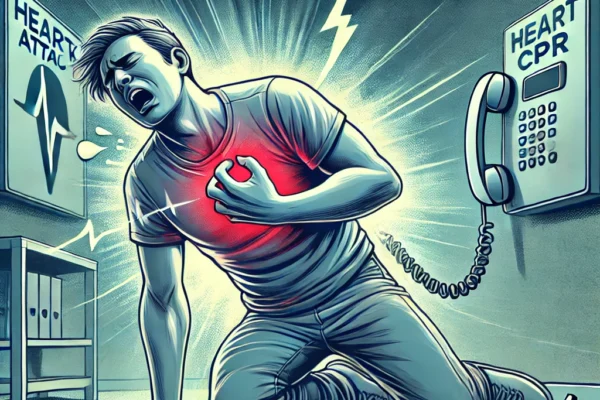CPR in Space: How Do Astronauts Perform It Without Gravity?
CPR is tough enough on Earth. Now, imagine performing it in space—where there’s no gravity, no firm surface, and everything, including you, floats.
Astronauts aboard the International Space Station (ISS) must be prepared for medical emergencies. But without gravity, the traditional CPR method doesn’t work. So, how do they do it?
Let’s break it down.
Why is CPR Different in Space?
On Earth, CPR works because of force and resistance. You push down on the chest. The firm ground beneath the patient provides resistance. The heart compresses, forcing blood to circulate.
🚀 In space, there’s no ground. No resistance. No weight. If you push down, you’ll just push yourself away. That’s a huge problem.
Astronauts had to come up with new ways to deliver chest compressions effectively without floating away.
The 3 Methods of Zero-Gravity CPR
After extensive testing, NASA developed three possible CPR techniques for space:
1️⃣ The “Eanes” Method – The Handstand Push
🧑🚀 The astronaut performing CPR positions their feet on the ceiling or a solid surface.
🫀 They push down on the patient’s chest, using the surface behind them for resistance.
⚠️ Challenge: It requires a strong grip and upper body strength. It’s hard to maintain for long periods.
2️⃣ The Reverse Bear Hug Method – Hugging from Behind
🧑🚀 The rescuer wraps their arms around the victim’s chest from behind.
🫀 They compress the chest by squeezing tightly.
⚠️ Challenge: It doesn’t generate as much force as normal CPR. It may not be effective for prolonged resuscitation.
3️⃣ The “Handstand” Method – Pushing Off a Surface
🧑🚀 The astronaut locks their feet onto a secure structure (like a handrail).
🫀 They push off with force, using their own body weight to drive compressions.
⚠️ Challenge: It’s one of the best methods, but it requires stability and practice.
NASA found that the Handstand Method is the most effective, delivering compressions strong enough to simulate Earth-based CPR.
What About Rescue Breaths?
Breathing in space is another challenge. Air doesn’t flow the same way in microgravity. Instead of using the traditional mouth-to-mouth method, astronauts use a bag-mask device to deliver oxygen.
Can Someone Even Survive a Cardiac Arrest in Space?
Here’s the harsh reality: Survival odds in space are low.
On Earth, CPR is most effective when emergency teams arrive quickly. But in space, there’s no hospital. No ambulance. No defibrillator close by.
If an astronaut goes into cardiac arrest, the team has only minutes to restore circulation. Otherwise, survival is unlikely.
Why Zero-Gravity CPR Matters on Earth
You might be thinking, “This is fascinating, but I’m not going to space anytime soon.”
Here’s why it matters:
🚀 Space research improves CPR techniques on Earth.
🚀 It helps us develop better training for extreme environments.
🚀 If we ever colonize Mars, astronauts need to know how to save lives.
CPR Training: Essential Anywhere—Even on Earth
You might never perform CPR in zero gravity, but you could be the one who saves a life here on Earth. Are you ready?
Join Arise Safety and CPR and learn real-life-saving skills today!
📍 Sign up for a class: Register here
📍 Need group training? Visit our website
📍 Have questions? Contact us!
📧 Email: contact@arisesafety.com
📞 Call/Text: 317-961-1480
Because whether you’re on Earth or in space, knowing CPR can mean the difference between life and death. 🚀💙





